12 December 2019
In design too, if you want to hit the mark, you need not only a good aim but the right distance. The story of Aplomb is one of good aim, fine design and a certain detachment: from fashion, from the times, even from Milan. It began in Udine, in 2007. Paolo Lucidi and Luca Pevere were a pair of designers in their thirties with excellent references. After graduating from Milan Polytechnic, the former had worked with Piero Lissoni and Marc Sadler, the latter with Clino Trini Castelli and Marco Ferreri, and they could already boast a fair number of highly regarded works. None of which, however, had yet persuaded them it was possible to make a living from design alone. The spark that would ignite their career was to come shortly, on a course that took them against the tide and was pursued with Friulian tenacity. “In those years, Muji opened its first store in Milan and Naoto Fukasawa was working with the best-known Italian brands,” they recall now. “In 2006 Jasper Morrison published Super Normal and the year after Apple launched the first iPhone. Tableware, air-conditioners, tables, chairs, remote controls, TV sets, lamps, designers and manufacturers underwent this morphing toward the pure and white, almost aseptic form.” Everything looked perfect? Too much so: “We started to feel a bit uncomfortable, we didn’t like that ‘super-normalization.’”
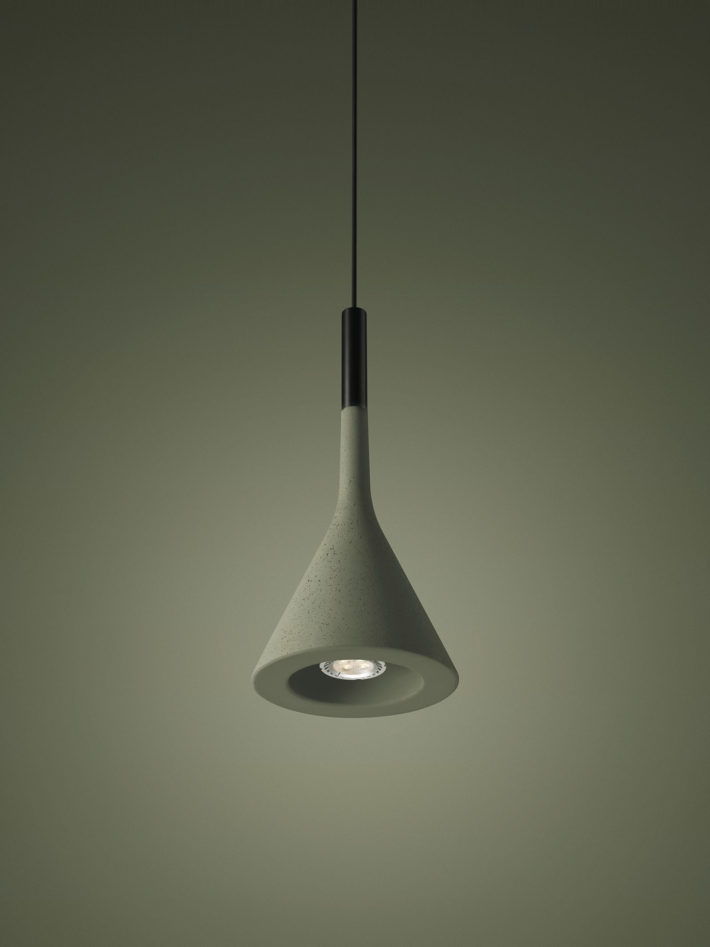
© Foscarini
This rejection of the taste of the time became the starting point, the beginning of a slow but steady unraveling of the thread that was to lead them toward their target: “Among the many experiences that had allowed us to carry on practicing design once we had returned to Friuli there had been the one with Deroma, a company that made plant pots for outdoor use. We had investigated the world of ceramics, terracotta and concrete. This provided cues we had assimilated unconsciously and that allowed us to think of something that would not be yet another white and flawless object but speak a new language in which the material had a loud voice and which at the end of the day would be easy to produce.” Aplomb, a word of French origin that indicates a stable balance and derives from the expression à plomb, “according to the plumb bob,” the lead used to check verticality on a building site, is an elegant suspension lamp made out of concrete so thin that it has an intimate, domestic character. The lamp brought out by Foscarini in 2010 was based on this unprecedented formula that flew stubbornly in the face of the aesthetics of the time, shifting the attention from transparency to a hard and rough material, from diffuse lighting to a precise beam of light falling straight down, just like a plumb line. In years in which design all over the world was trying to make material diaphanous, Lucidi and Pevere changed everything and turned the light fixture into something to be touched rather than just seen.
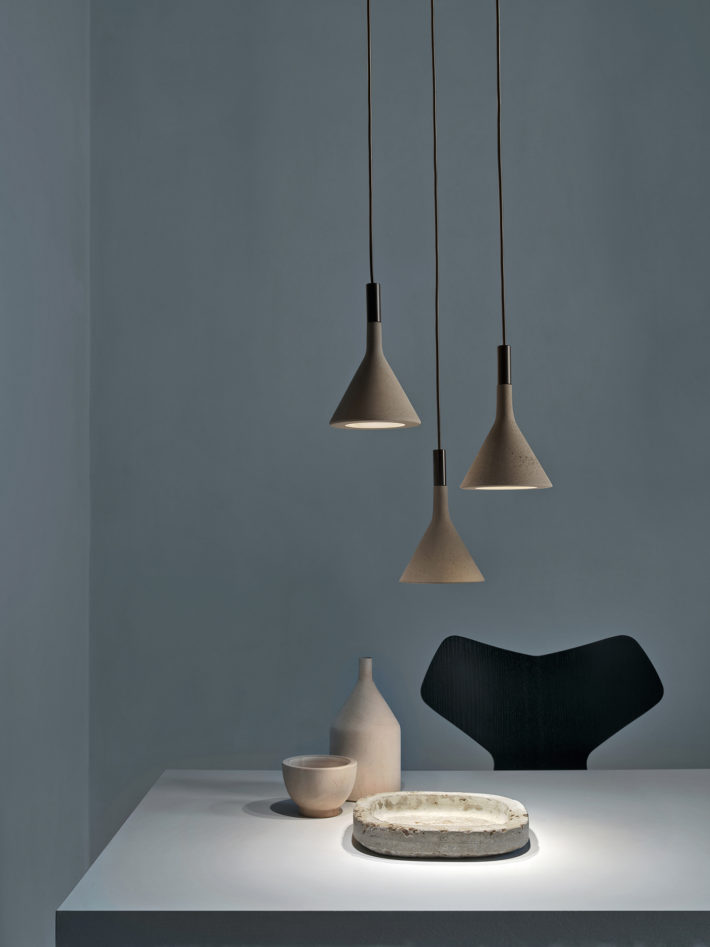
© Foscarini
Aplomb marked, in its way, a historic turning point and renewed the pact between designer, craftsmanship and industry on which the reputation of Italian design was built. “This was at the dawn of the great crisis of 2008, plastic and major investments in molds were no longer taken for granted. On the one hand this was due to the uncertainty of the market, on the other because they no longer gave value to design, with the synthetic materials that were gradually becoming the prerogative of smaller and more commercial companies.” Lucidi and Pevere’s bright idea was to turn to a specialized manufacturer in order to carry out experiments. “Up until that moment there had been only a few provocative objects made of concrete, for sale in galleries. The field was clear for a lamp as we understood it: handcrafted yes, but reproducible and therefore marketable.” If today it is a cliché to speak of designers taking artisans by the hand, this is partly down to Aplomb. Less predictable, at the time, was whether artisans were going to accept the invitation. “After a quick chat with Deroma’s suppliers, thousands of kilometers away from Italy, we realized we would have to exploit the knowhow of our own craftsmen as well as their Latin inclination to take on a completely new challenge.” Aplomb was to be made of concrete, bringing architecture down to the small scale of design, but it remained an unusual object for builders’ yards accustomed to haggling over the quantity of material used and not over the quality of the work and the expertise. “What we kept hearing was: it can’t be done. In other words: lots of problems and little profit. For just a couple of kilos it wasn’t worth it. We got the same response from Crea, the Brescian manufacturer that was known then as CreaForme and had a couple of workers. We still have the printout of our email on which Giampiero Piccinelli wrote: don’t do it. All it took was a telephone call to explain what we wanted, and after ten days or so he sent us a first prototype. It was rough and ready, thick and out of proportion, but it stirred enough enthusiasm for us to go ahead.”
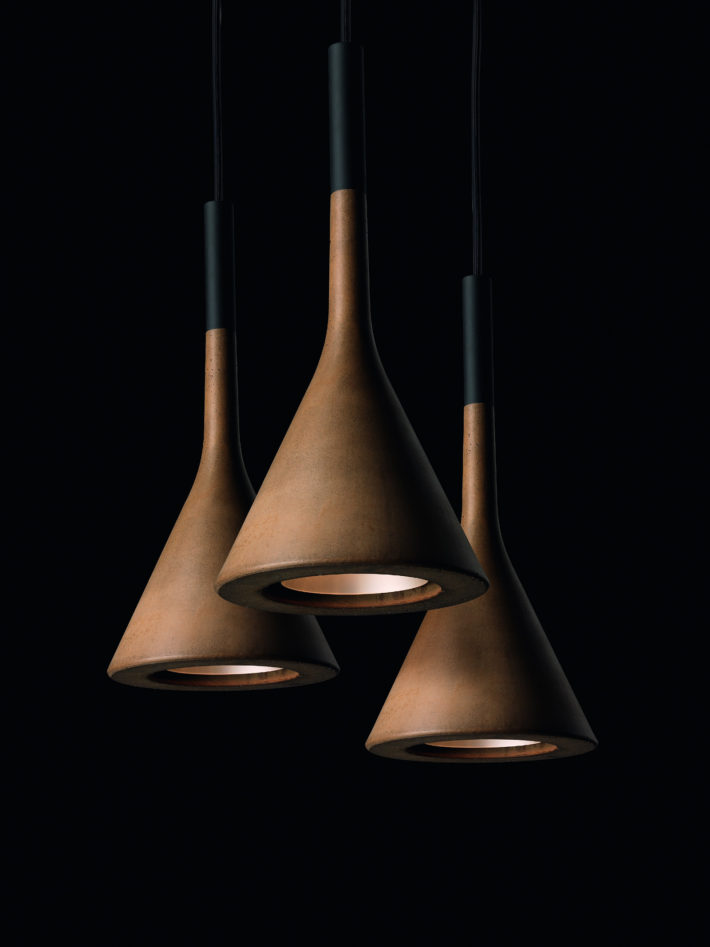
© Foscarini
Once the feasibility of the project had been assured, all that remained was to put it in the hands of a company capable of grasping its significance and the value. And what company was better placed to take up the challenge than the Venetian Foscarini, the brand “without a factory” that has made a fruitful alliance between designer and manufacturer the focus of its approach? “We showed the prototype to Carlo Urbinati’s company in 2008 and waited on standby for a while. A year and a half went by, and then at last came the phone call in which they told us they had decided to investigate the possibilities. We presented Crea to Foscarini and experimentation began, until the right mix was found that allowed us to reduce the concrete to the thickness needed.” The rest is history, a success measured by the nine thousand pieces a year sold to homes and restaurants, libraries and hotels, completely blurring the difference between household and contract furniture for an item that seems suited to any context: “We had not taken this difference into consideration, it was not a premise. To be honest, we did not what the real difference was at the time. Weight, safety, the type of power cord, the light source: these were factors that we worked out with Foscarini to adapt Aplomb to different markets and regulations. Despite this, the piece that went into production had all the characteristics and proportions of the first sketch we gave to Crea. It is something that rarely happens.” In the meantime, the sector has taken a shine to Crea: the company overcame the crisis and is now called Crea Concrete Design and has become a manufacturer at the service of sophisticated designers. The time of “it can’t be done,” in short, is over. Letting designers take you by the hand, when all is said and done, can be a smart move.
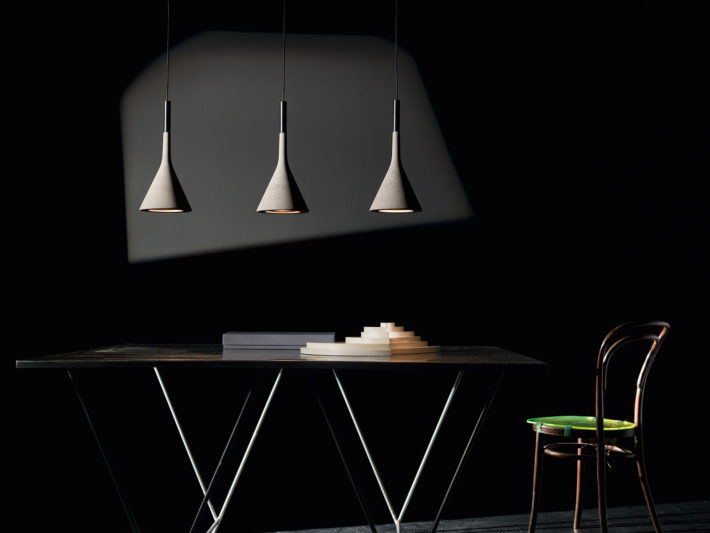
© Foscarini
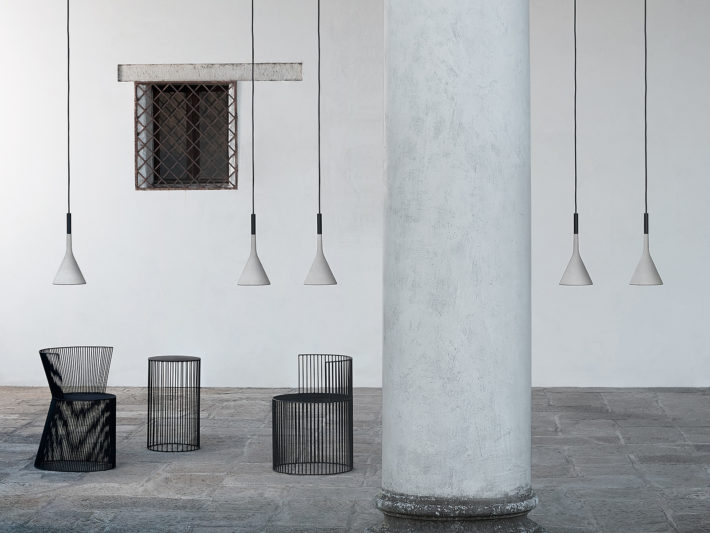
© Foscarini
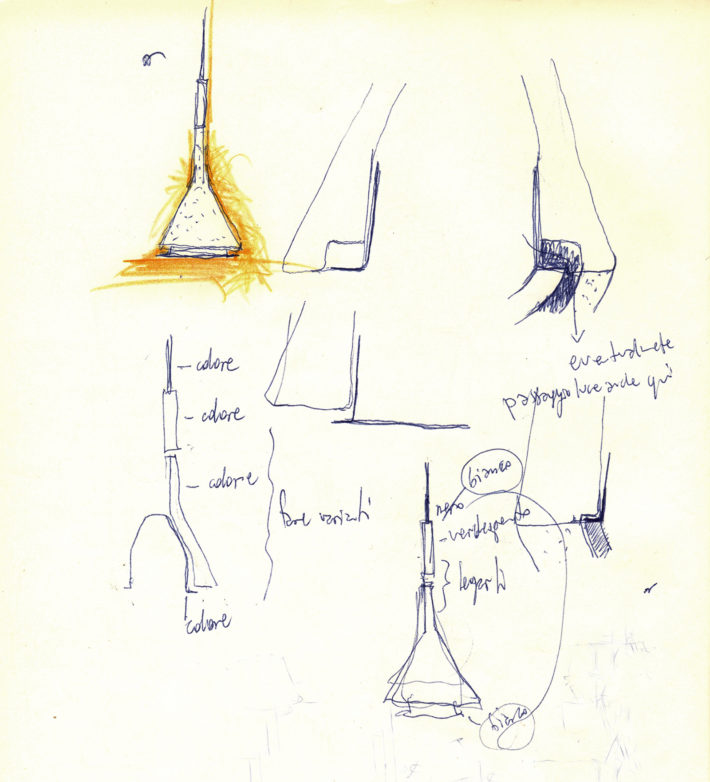
© Foscarini
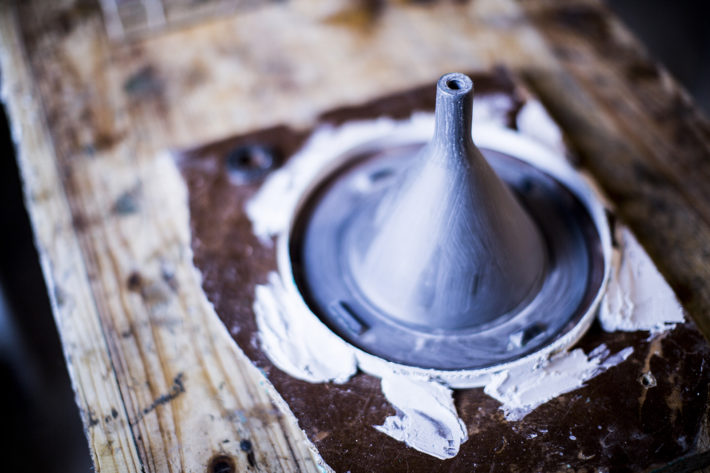
Maestrie, a project by Gianluca Vassallo. Photo: © Gianluca Vassallo for Foscarini.
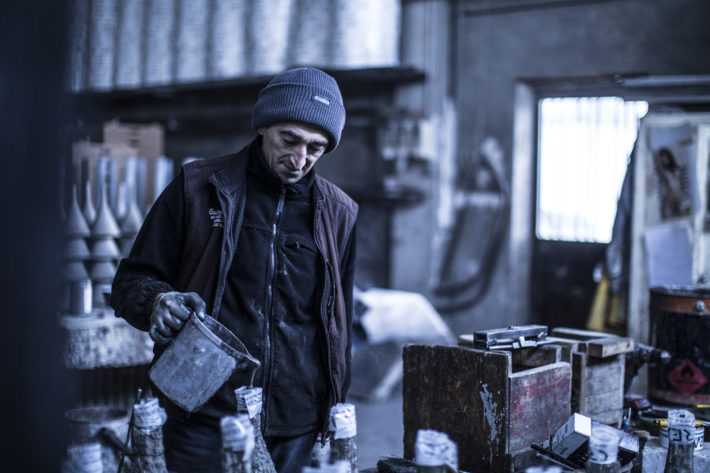
Maestrie, a project by Gianluca Vassallo. Photo: © Gianluca Vassallo for Foscarini.
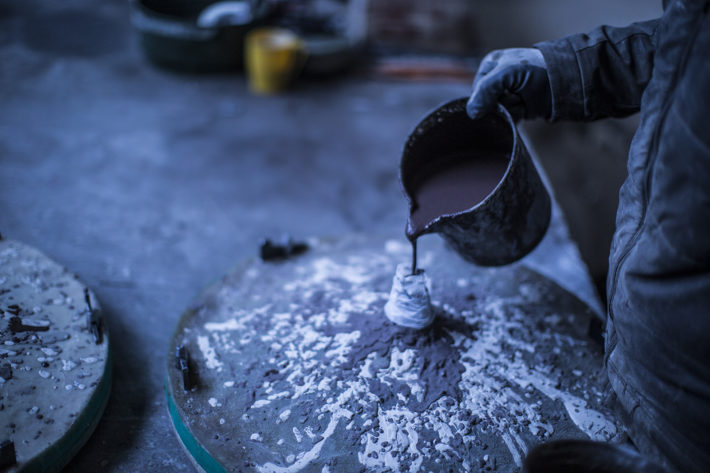
Maestrie, a project by Gianluca Vassallo. Photo: © Gianluca Vassallo for Foscarini.
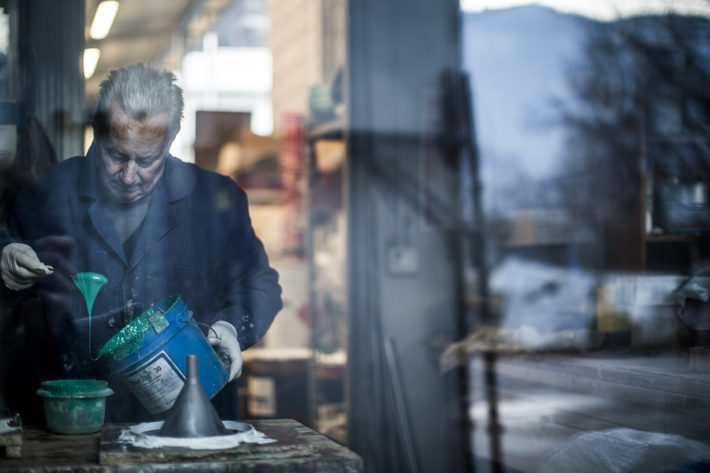
Maestrie, a project by Gianluca Vassallo. Photo: © Gianluca Vassallo for Foscarini.
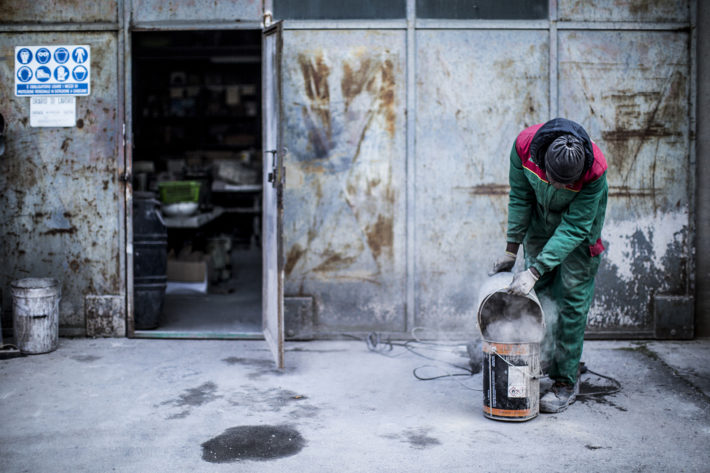
Maestrie, a project by Gianluca Vassallo. Photo: © Gianluca Vassallo for Foscarini.
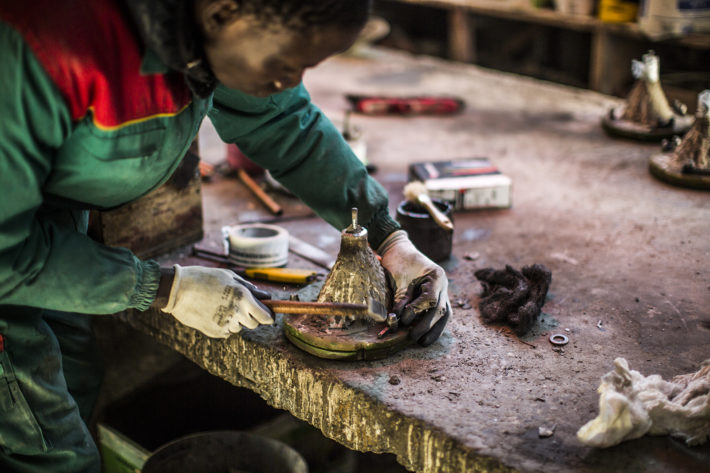
Maestrie, a project by Gianluca Vassallo. Photo: © Gianluca Vassallo for Foscarini.
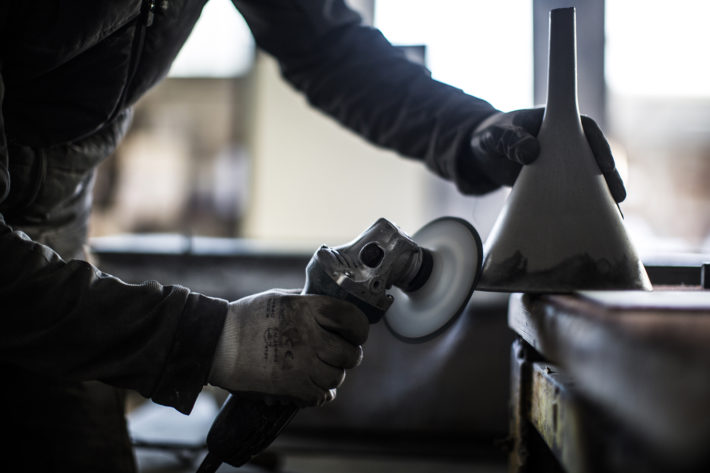
Maestrie, a project by Gianluca Vassallo. Photo: © Gianluca Vassallo for Foscarini.

Maestrie, a project by Gianluca Vassallo. Photo: © Gianluca Vassallo for Foscarini.
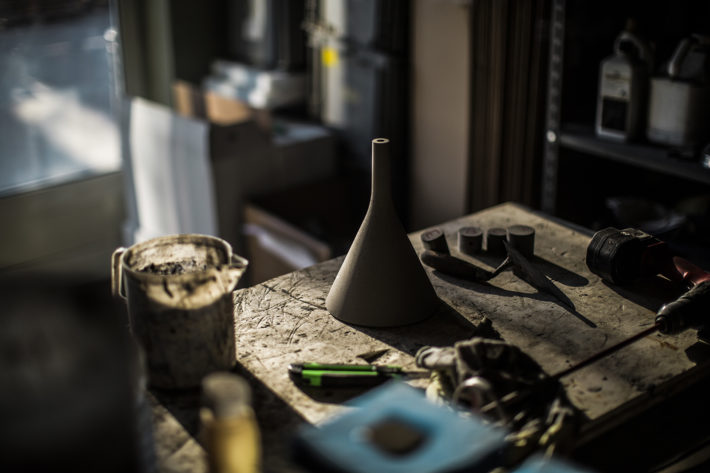
Maestrie, a project by Gianluca Vassallo. Photo: © Gianluca Vassallo for Foscarini.
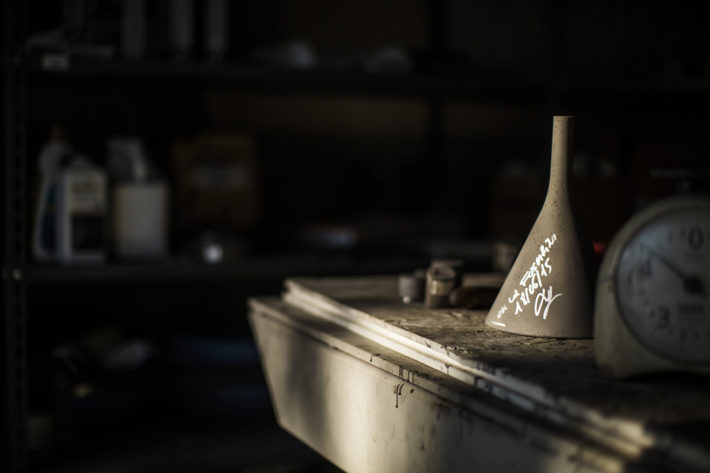
Maestrie, a project by Gianluca Vassallo. Photo: © Gianluca Vassallo for Foscarini.
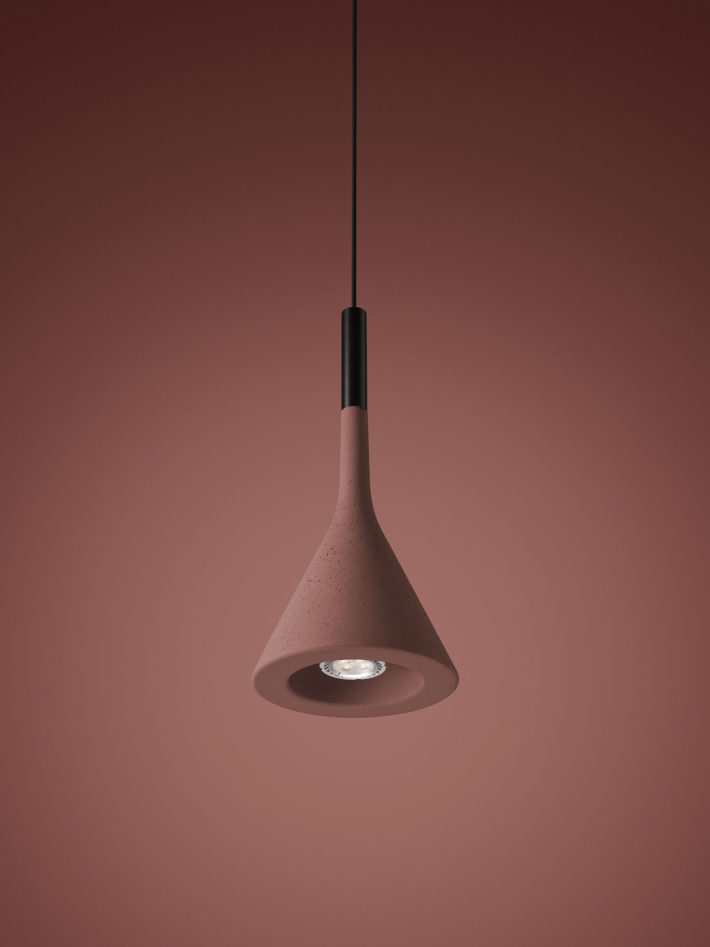
© Foscarini
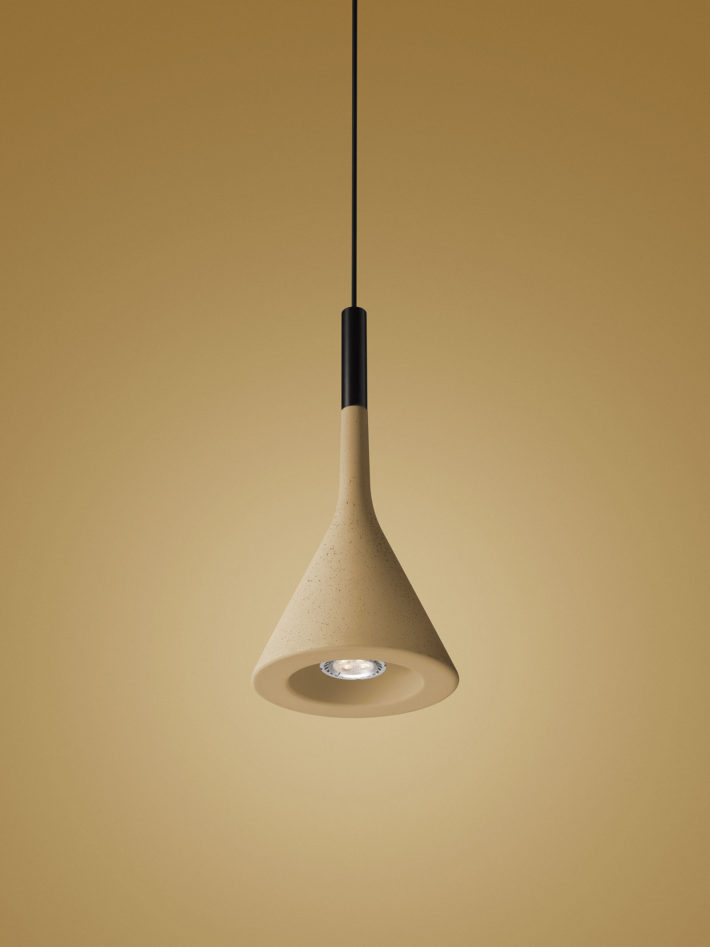
© Foscarini
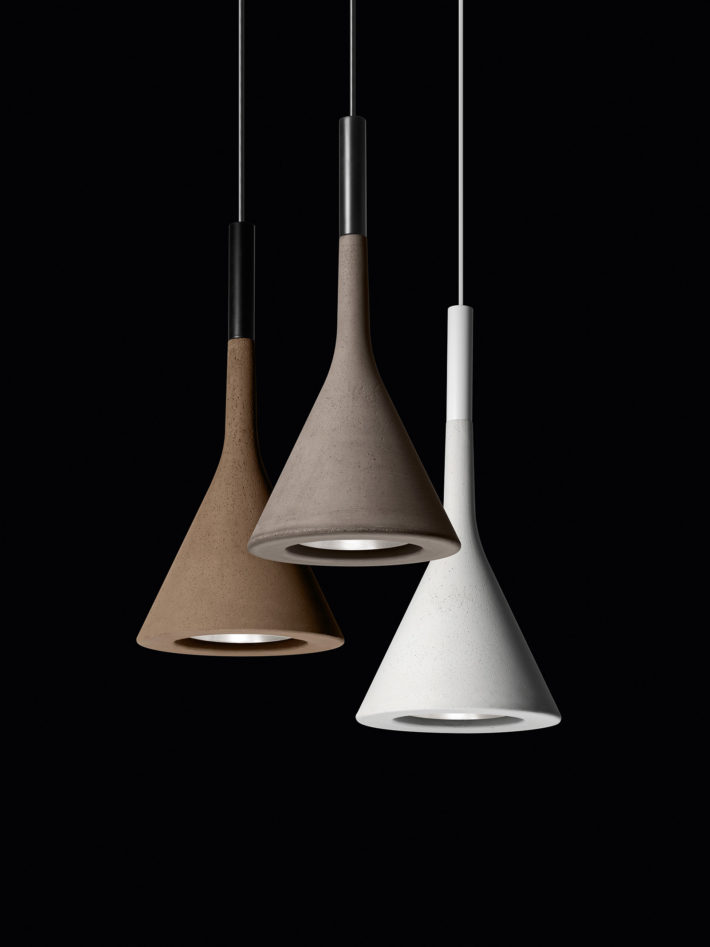
© Foscarini
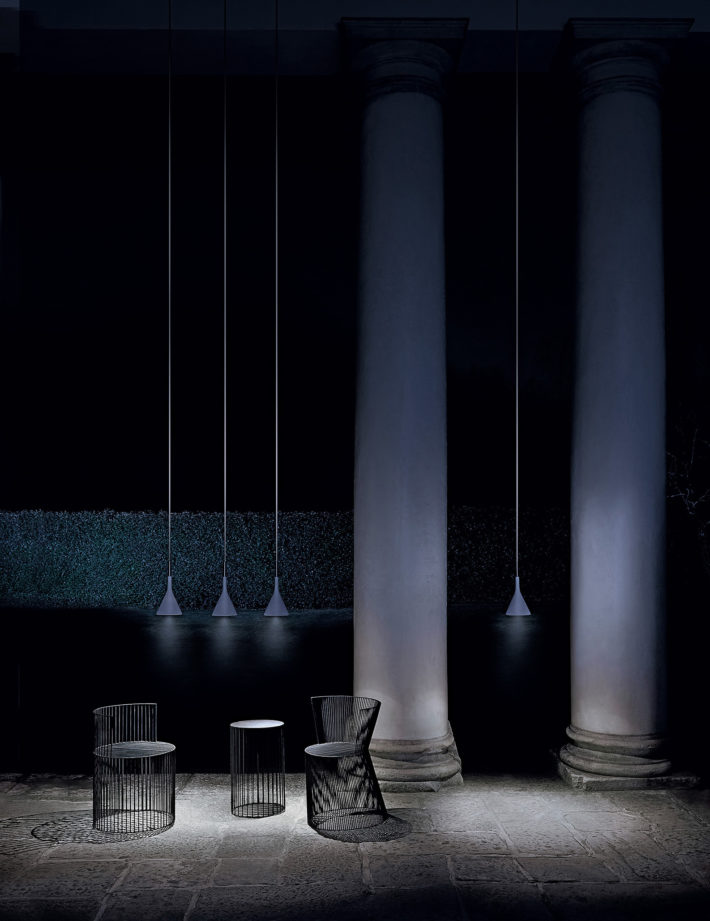
© Foscarini
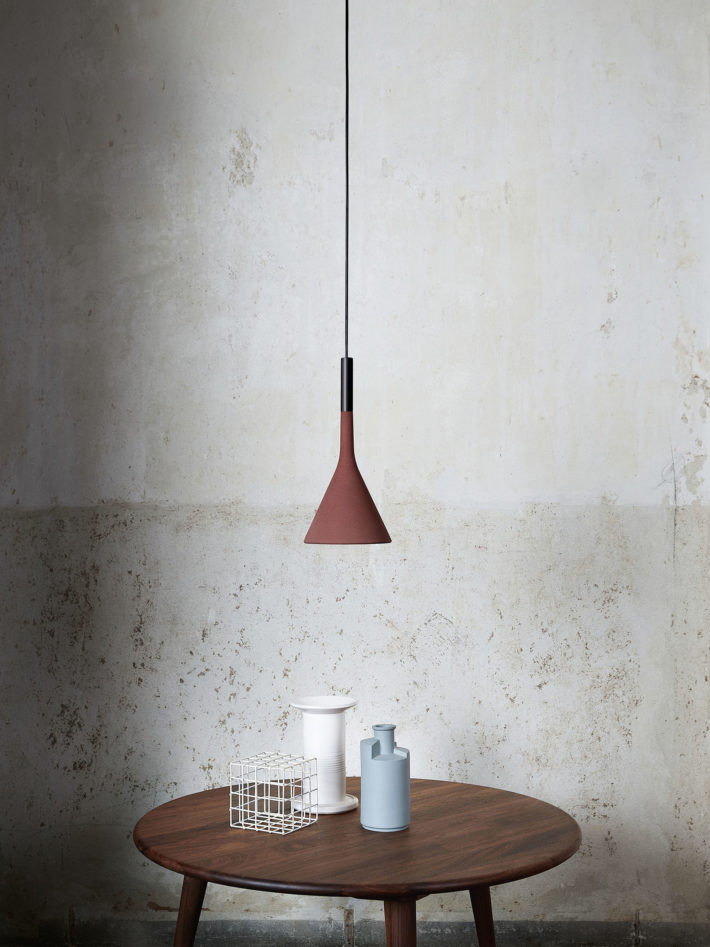
© Foscarini
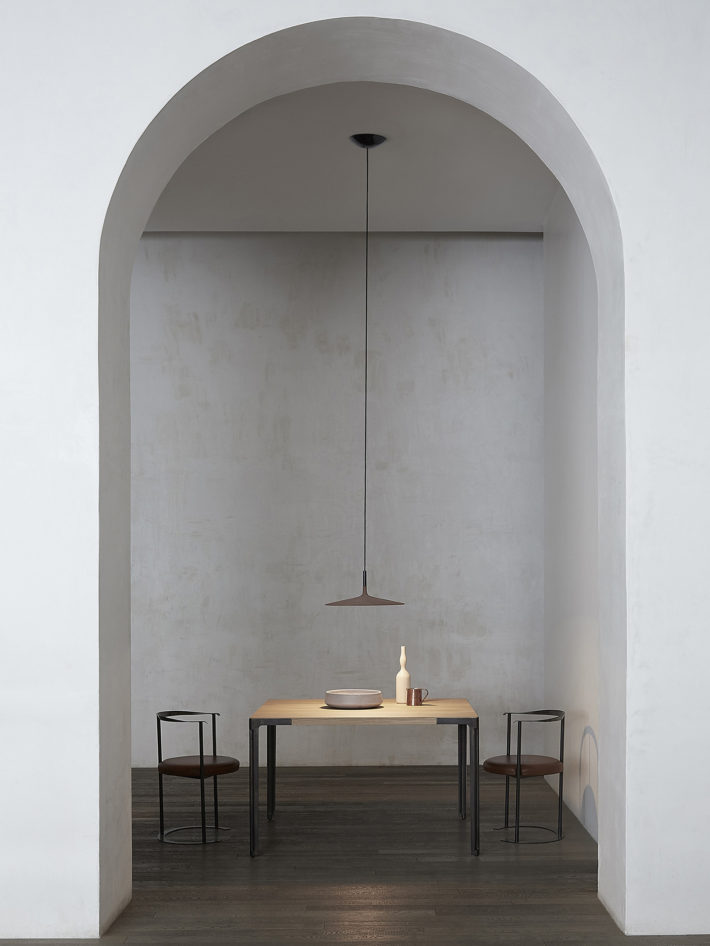
© Foscarini